Permanent collections
Interconnections…
Discover the rich maritime history of New Caledonia through the Museum's large collection (over 2000 pieces) of objects collected by divers on the sites of the many historic wrecks that litter New Caledonia's reefs and on the site of the wreck of La Pérouse's two ships in Vanikoro (Solomon Islands).
Presented around four major themes, the permanent collection focuses on the interconnections between land, people and the sea:
La Pérouse: a voyage of discovery during the Age of Enlightenment
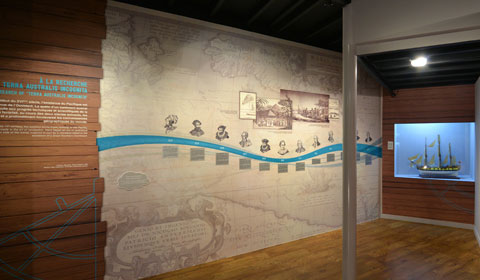
©Dell'Erba
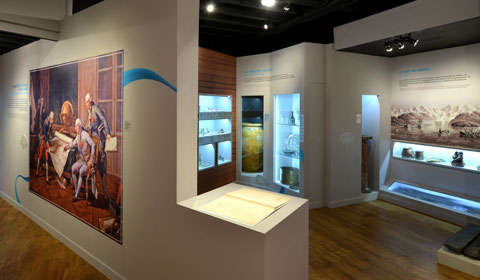
©Dell'Erba
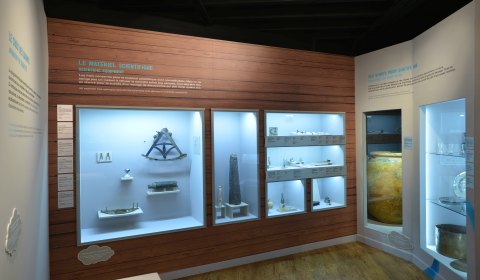
©Dell'Erba
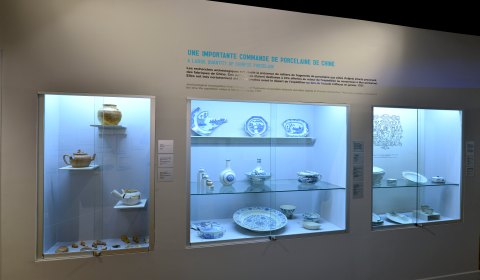
©Dell'Erba
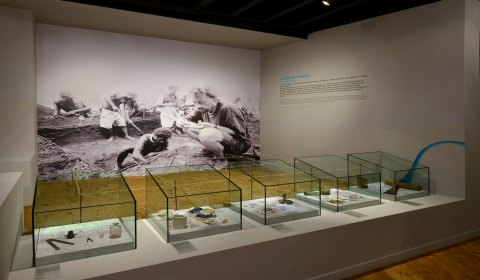
©Dell'Erba
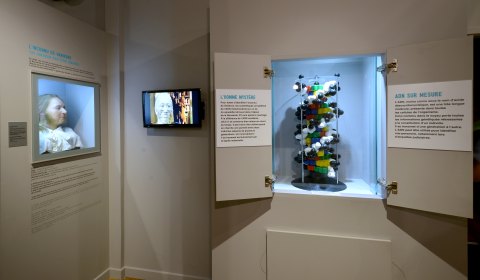
©Dell'Erba
In 1785, a major voyage of exploration left the port of Brest for the Pacific under the command of Jean-François Galaup de La Pérouse. The expedition was meant to last four years, but the two vessels – the Astrolabe and the Boussole – never made it back to France.
The wrecks were finally discovered, and a wealth of objects were collected by divers and brought back to the Museum.
Discover this fascinating chapter of the exploration of the Pacific, from the preparation of the expedition to the finding of the wrecks.
The sails of trade: in the wake of the giants of the seas
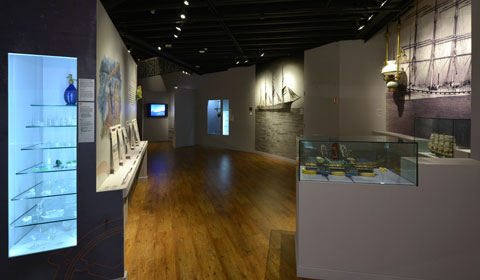
©Dell'Erba
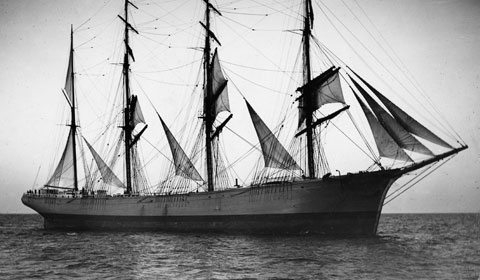 Roanoke
Roanoke ©Maine Maritime Museum
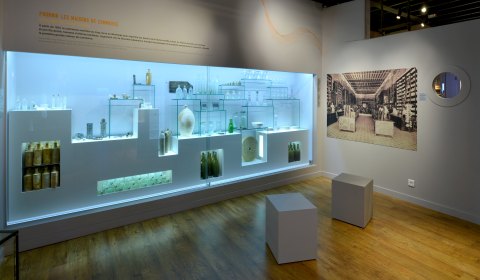
©Dell'Erba
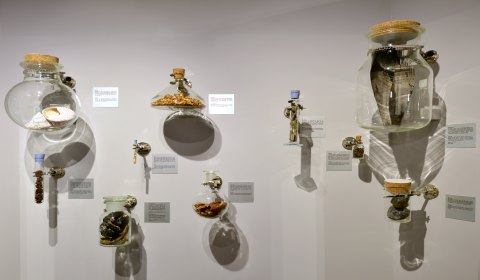
©Dell'Erba
At the time of sailing merchant ships, New Caledonia possessed rich resources: sandalwood, sea-cucumbers, guano, and of course nickel ore, discovered in 1864 by the geologist Jules Garnier. All these valuable commodities generated intense maritime traffic between New Caledonia and the rest of the world.
From the "giants of the seas" of the age of sail, the Museum has a vast collection of objects recovered from the wrecks of several of the largest sailing ore-carriers of the period: such as the France II and the Roanoke, and from the Tacite, a general cargo vessel which sank just before Christmas 1873 while unloading supplies for New Caledonia's merchants.
Local trading: coastal traffic in New Caledonia
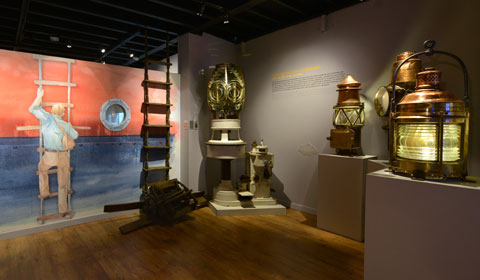
©Dell'Erba
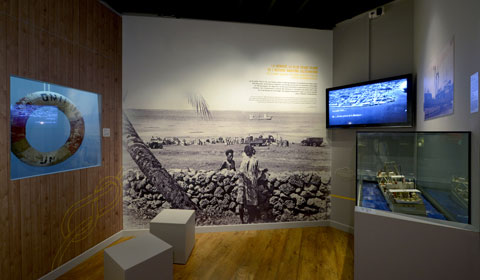
©Dell'Erba
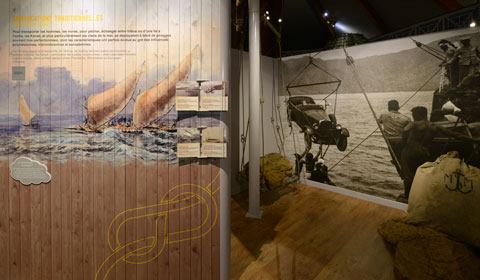
©Dell'Erba
Until the middle of the 20th century, the transport of goods and passengers was mostly carried out by sea: first by native canoes, then by small sailing cutters, and eventually by larger coastal vessels powered by either sail or steam.
As the volume of traffic increased, a need was felt for aids to navigation. From the middle of the 19th century, a system of lights and buoys was gradually put in place. Notable among these is the Amédée lighthouse, a very good example of the architecture of the period.
There is a special exhibition concerning the mysterious fate of the Monique, a local coastal steamer which disappeared with all hands during the night of July 31st, 1953, while travelling between Maré Island and Nouméa.
Immigrants bound for New Caledonia
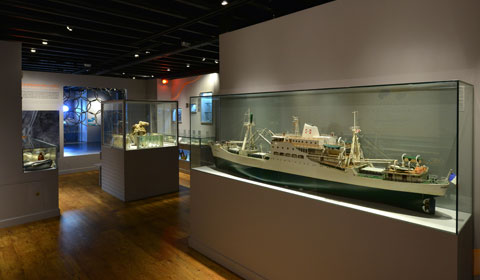
©Dell'Erba
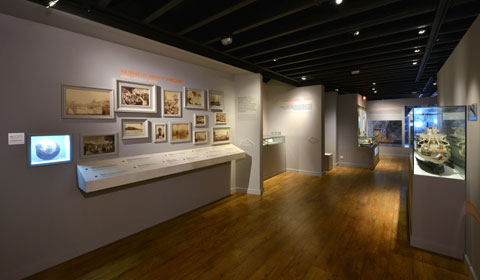
©Dell'Erba
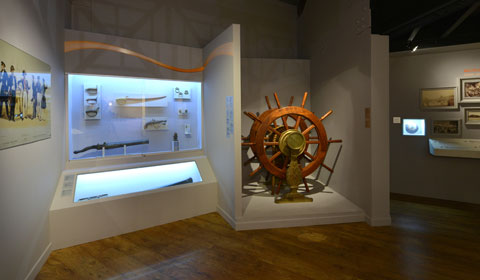
©Dell'Erba
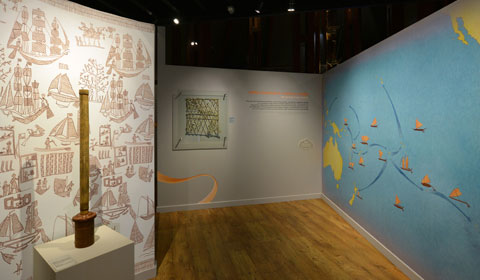
©Dell'Erba
Up to the middle of the 20th century, several waves of immigrants took ship for New Caledonia. The earliest one, of course, being the first inhabitants who settled in the island group more than 3000 years ago.
The first Europeans to sight the island group were the British, in 1774. The French took possession of New Caledonia in 1853. The Museum documents the various waves of immigration which followed and resulted in the cultural mosaic we see today. A special display illustrates the presence of large numbers of American army, navy and airforce personnel during the War of the Pacific.
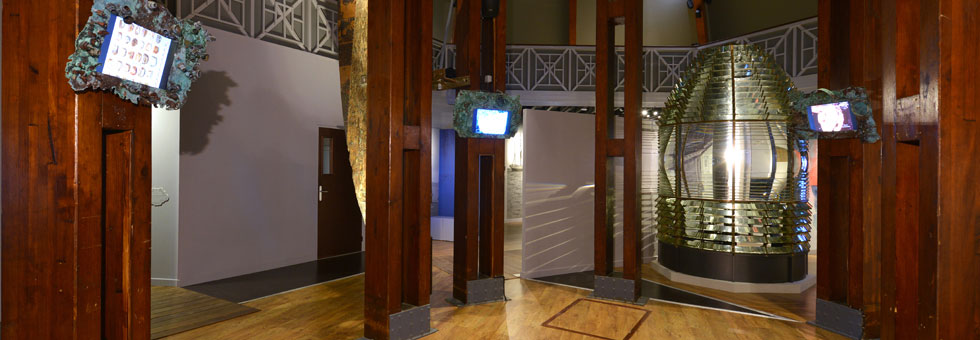
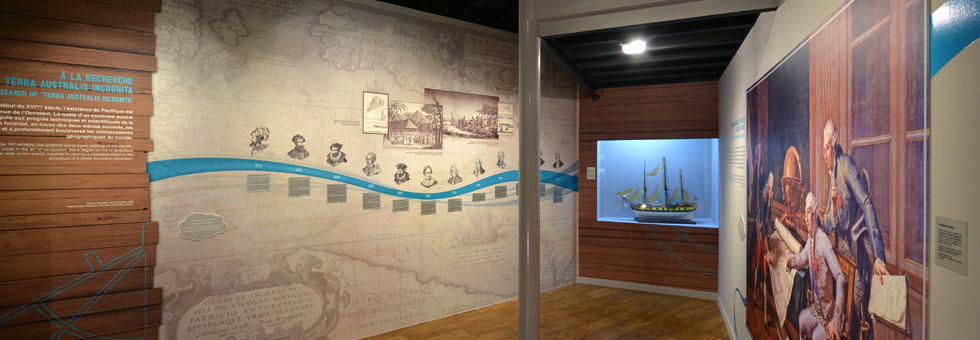
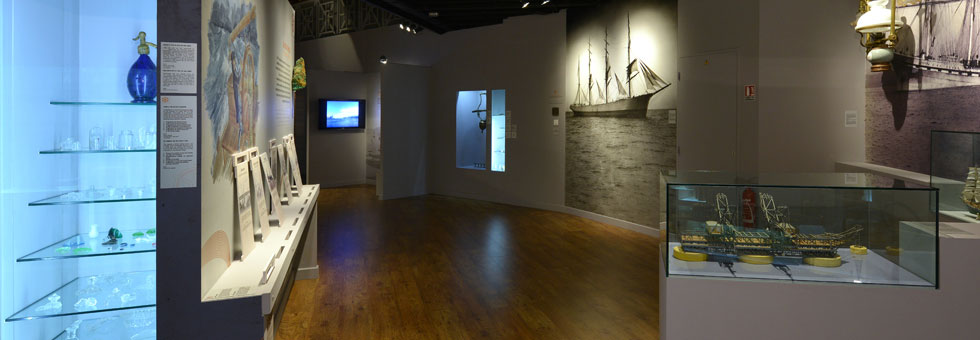
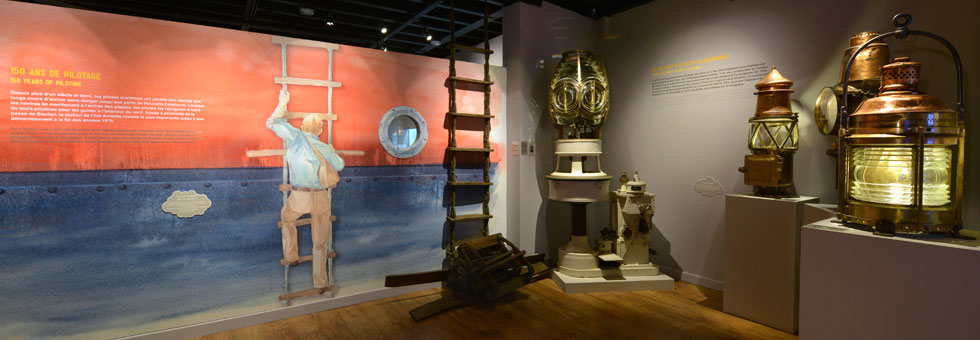






 ©Dell'Erba
©Dell'Erba ©Dell'Erba
©Dell'Erba ©Dell'Erba
©Dell'Erba ©Dell'Erba
©Dell'Erba ©Dell'Erba
©Dell'Erba ©Dell'Erba
©Dell'Erba ©Dell'Erba
©Dell'Erba Roanoke ©Maine Maritime Museum
Roanoke ©Maine Maritime Museum ©Dell'Erba
©Dell'Erba ©Dell'Erba
©Dell'Erba ©Dell'Erba
©Dell'Erba ©Dell'Erba
©Dell'Erba ©Dell'Erba
©Dell'Erba ©Dell'Erba
©Dell'Erba ©Dell'Erba
©Dell'Erba ©Dell'Erba
©Dell'Erba ©Dell'Erba
©Dell'Erba